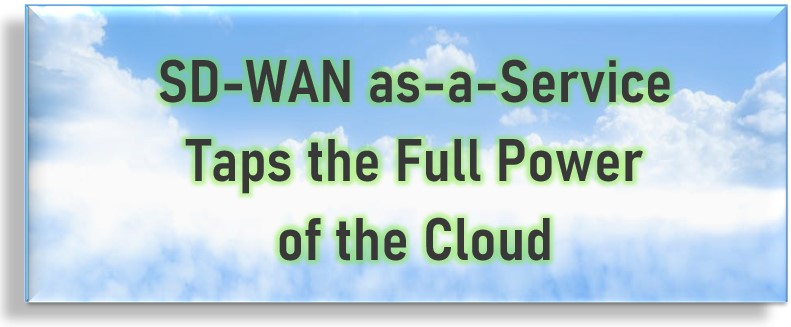“Good Morning, Jim. It’s Greg over at Tech Solutions…I’m going to be nearby Friday morning and wondered if I might stop by to show you a new feature we just added to your CRM software….”
Jim answered in the affirmative and the appointment was set. Greg stopped by Friday morning, exchanged pleasantries with Jim, and then showed him a new report function in the CRM software. When he was finished, Greg thanked Jim for his time and went upon his way. The entire exchange took less than twenty minutes. However, the meeting was successful for Greg and Jim. Do you know why? Because they both received a benefit from the time invested with the other. Jim learned about a new product feature that might help his business and Greg was able to advance his work relationship with Jim via an in-person meeting.

Bring something useful to your client meetings.
Image courtesy of Cleary Gull.
A key part of successful business relationships is building a rapport with the client. If the only time you are interacting with a client is when you want to sell them something, then you will quickly – and deservedly – gain a reputation as a “salesman” or “supplier” when the reputation you really want is “partner in our success.” Informal business meetings are a great way to build this kind of relationship and are easier than you think.
However, the difference between successful client meetings and outright wastes of time is razor thin. It is possible, however, to develop a meeting style and strategy that has clients excited for your visits and not looking at their watches wondering when you will be leaving so they can get back to work. Here are five tips for conducting successful client meetings for IT services organizations.
- Don’t “drop in.” Nothing shows a lack of respect for the client’s time like stopping by without an appointment. Even leaving a card with the receptionist and a message like, “Please tell Maggie I stopped by to say ‘hello'” is in poor form. Try to imagine how your day would be impacted if your vendors or partners were stopping by unannounced for no real purpose. Meetings with clients and customers should be scheduled in advance. If you demonstrate value in your meetings then you shouldn’t have trouble getting clients to give you a few minutes of their time every once in a while.
- Maintain a balance. A good ratio of informal meetings to calls or emails is 1:4. In other words, ask for a short in-person meeting after three or four phone calls or emails. You’ll end up seeing clients that you talk to once a week about once every month, while you’ll meet with clients you speak to daily about once a week. Informal meetings are a great complement to the business discussions you are having over the phone or via email, but maintaining this balance is crucial so the clients don’t feel overwhelmed.
- Give to get. The most important aspect of informal client meetings is to bring something to the table. If you simply want to “say hello” or “put a name to a face,” then save yourself the trouble. Absolutely nothing will be gained from that type of meeting. Instead, bring something demonstrable with you. In the example above, Greg offered to show Jim how to use a new feature in a software product. From a new product data sheet to a recent magazine article the client might find interesting to a possible referral for the client’s business, do not attend a client meeting empty-handed. Be creative in your offering and always make sure you bring something of value with you.
- Don’t ask for anything. Use shorter and less formal meetings to demonstrate how valuable you are to the client and not the other way around. Don’t ask what opportunities are on the horizon. Don’t ask where your next order is. Don’t ask if there are challenges you can help address. Don’t ask for a single thing. You are there to show the client that you are a valuable resource and interested in helping their business succeed. Your needs and wants in the business relationship come later. If you are successful in building a rapport with the client then you won’t have to ask for business later; the client will come to you on their own.
- Be efficient. If the client agrees to meet you at 11am and schedules thirty minutes of time, arrive on time and make sure you can get the job done in twenty minutes. Make it a point to never be late and never take the entire amount of time allotted to you. The client will quickly notice how respectful you are of their time, which will make it easier to gain agreement for meetings in the future.
Not every meeting has to be a formal Quarterly Business Review. But every meeting does need to have a purpose. Your time is valuable, as is the time of your client or customer. If you are going to ask that they spend part of their day receiving you in their office, make sure the meeting is advantageous to them. Following the tips above should help you build stronger long-term relationships with clients and put you in a position to be welcomed in each time you meet. Click here to learn more about how Mosaic NetworX strives to build strong client relationships!




